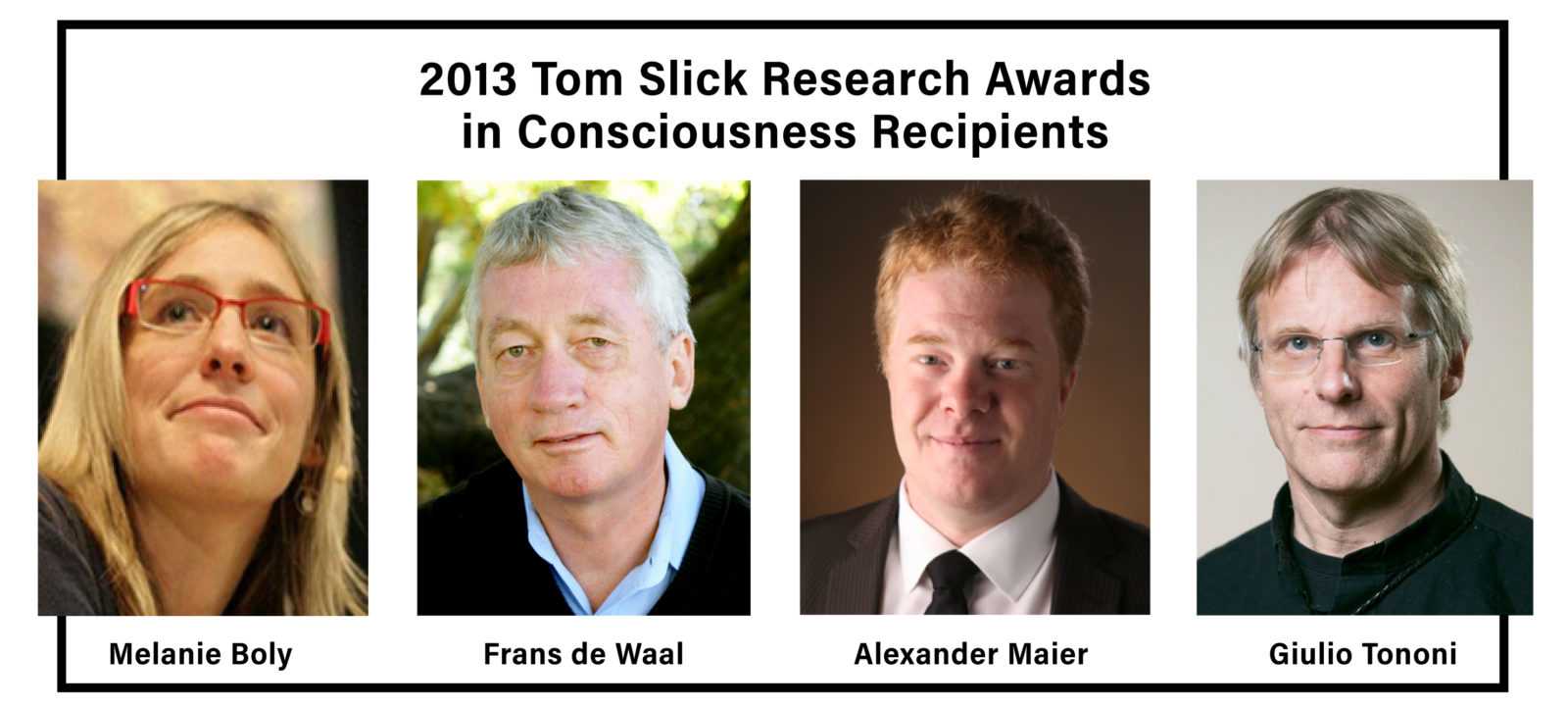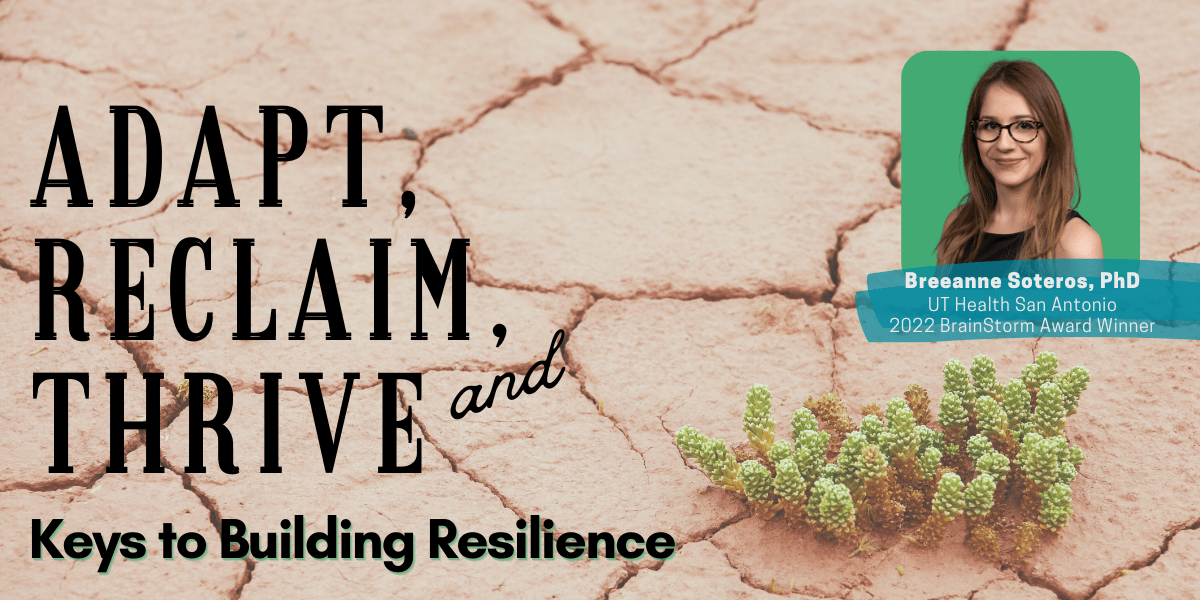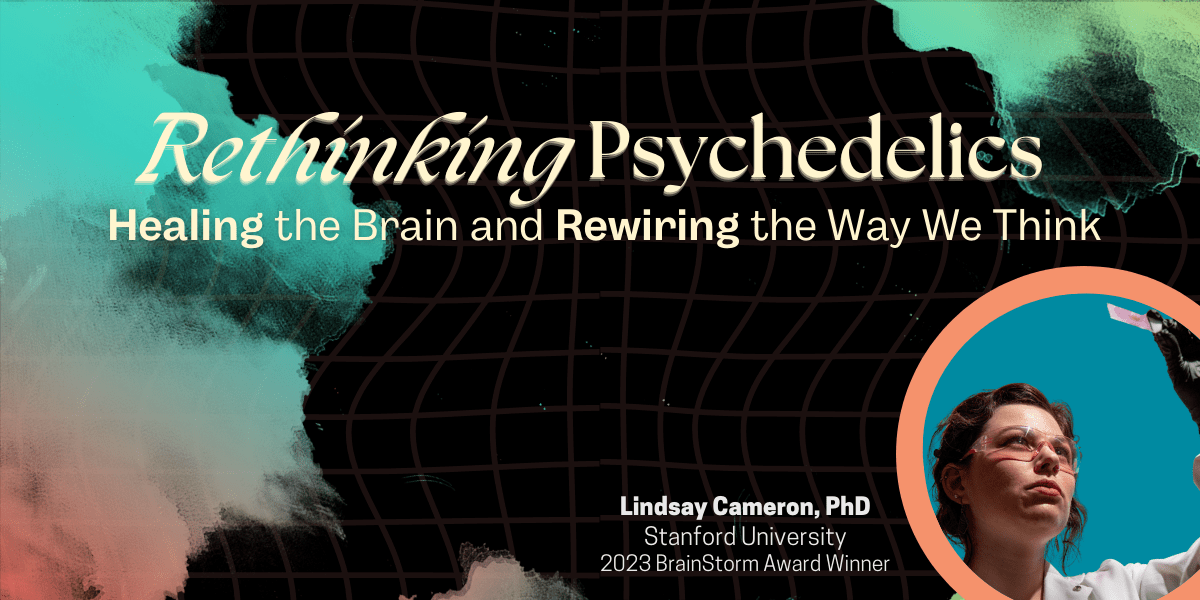2013 Tom Slick Research Awards in Consciousness

The Mind Science Foundation recently announced the recipients of the 2013 Tom Slick Research Awards in Consciousness. The annual awards celebrate MSF’s longtime commitment to funding basic research that explores the neural basis of human consciousness – how the brain creates the mind. Projects range from looking for the brain region where consciousness occurs, to a novel theory of how to measure consciousness itself.
Reverse flash suppression – a new paradigm to study conscious perception
Alexander Maier, Ph.D.
Michele Cox, Ph.D.
Vanderbilt University
Where in the brain does consciousness occur? Neuroscientists believe that we become conscious of what we see when signals from the retina are processed in the brain. But where in the brain does consciousness occur? Maier and Cox propose a novel experimental technique to block conscious awareness, combined with brain imaging techniques, to show how the brain translates visual input into conscious percepts. This investigation will help answer the question of how and where unconscious neural activity generates conscious awareness.
The evolution of complex cognition
Frans de Waal, Ph.D.
Taylor Rubin, M.A.
Emory University
The intimate relationship between consciousness and social awareness. Animals with complex social organizations usually demonstrate complex cognitive capacities. Did consciousness evolve as a way for animals to solve social problems, such as who is a potential friend, and who is a potential enemy? Taylor Rubin and Frans de Waal propose to study the social behavior of spider monkeys in the Ecuadorian rain forest to help answer this question. They will investigate how communication patterns in monkeys predict the formation and dissolution of social groups. This research will help shed light on important questions about how the evolution of complex brains in primates mirrors the development of complex societies, culture and consciousness.
Matching (M) as a proxy for integrated information: a practical tool for assessing the level of consciousness
Guilio Tononi, M.D., Ph.D.
Melanie Boly, M.D., Ph.D.
University of Wisconsin—Madison
Creating a practical tool to assess levels of consciousness. To be conscious of our world, we must be capable of combining a diverse array of sensory inputs—this is integration, and distinguishing what one set of sensory inputs means in contrast to another set—this is differentiation. Tononi and colleagues have proposed a mathematical model, integrated information theory, to account for how the representations of our conscious minds match the complexity of the world we are embedded in. Tononi and Boly propose a computer simulation to show how consciousness evolves, as simulated organisms evolve in a complex simulated world. They then propose to test this model of how conscious brains “match” input from a complex world, by predicting differences in brain activity when people look at meaningful visual scenes, in contrast to brain activity while viewing random visual “noise.”



